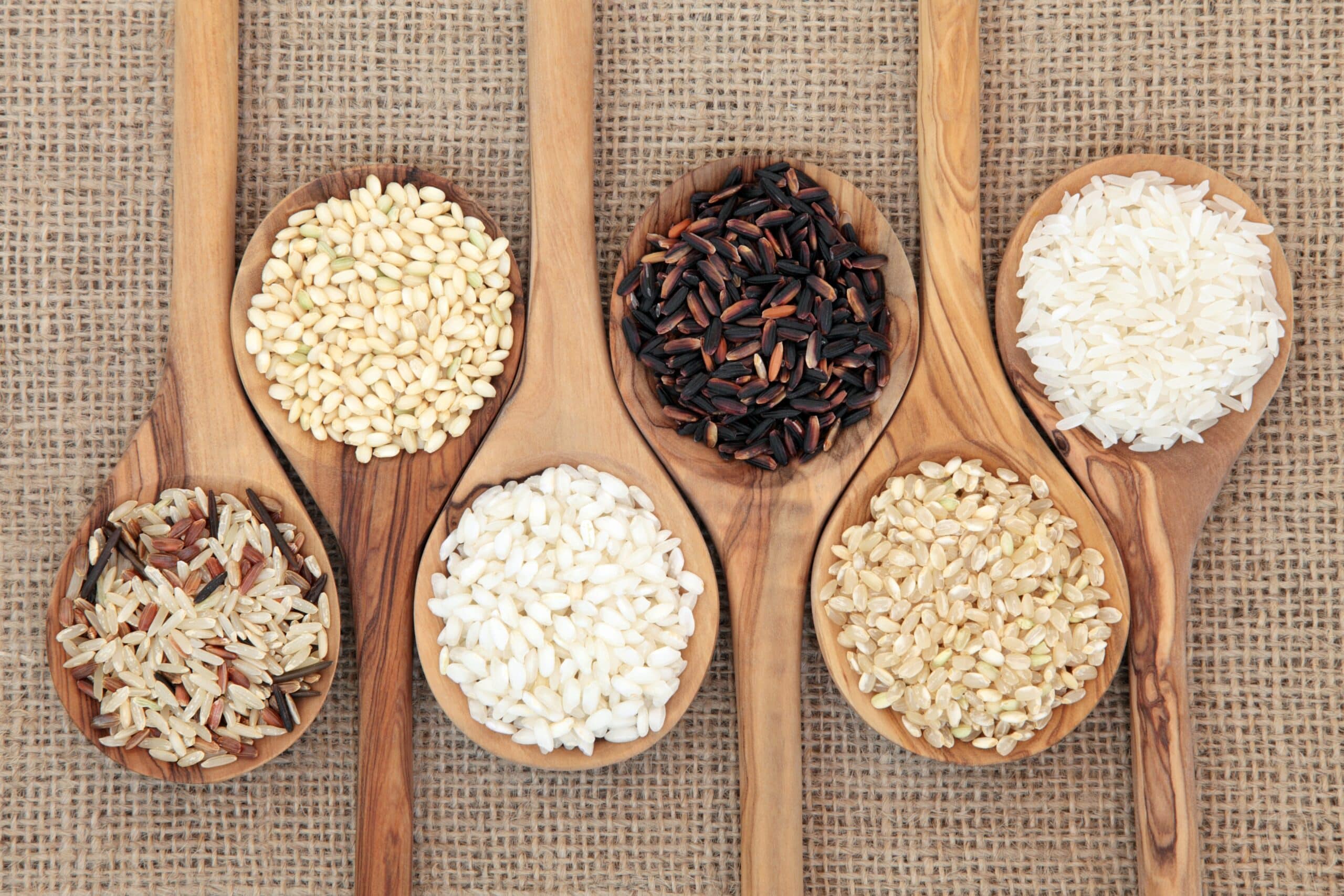Those looking to reduce carb or calorie intake for example may want to switch to a lighter alternative such as riced cauliflower. Swapping out rice for more healthy alternatives such as whole grains will also add more variety to your diet.
Quinoa has a grain like taste and texture after cooking, this is becoming a popular choice that is gluten free and has a more protein content than rice; one half a cup of cooked quinoa contains 4 grams of protein which is double the amount in the same serving of rice. Quinoa is a complete protein containing all 9 essential amino acids, and it is a good source of magnesium and copper which play roles in energy metabolism and bone health.
Riced cauliflower has a mild flavor and texture with a fraction of the calories and carbs as rice; one half cup serving contains 13 calories compared to the same size serving of rice containing 100 calories.
Riced broccoli is another low carb low calorie substitute, one half cup serving contains 15 calories, 2 grams of fiber, and over 25% of the daily recommended value of vitamin C which is a powerful antioxidant that will help to prevent cellular damage and boost immune health.
Shirataki rice is also a low carb low calorie alternative full of glucomannan fiber which is being studied for potential benefits including forming a protective barrier in the lining of the intestines.
Barley has a chewy texture and earthy taste, one half cup of cooked barley contains 100 calories, and has more protein and fiber than rice. It also contains over 10% of the DRV of zinc, selenium, and niacin.
Whole wheat couscous is a healthier option than regular varieties of couscous that is richer in fiber and protein, the pearls are smaller than grains of rice and add a unique texture to meals.
Chopped cabbage has a mild flavor while being lower in calories and carbs to compliment many styles of cuisine. One half cup is loaded with 31% of the DV of vitamin C and 68% of the DV of vitamin K which will help to regulate circulation, blood clotting, and plays a role in bone health.
Whole wheat orzo is a type of pasta that is similar to rice in size, shape and texture which is a healthier option to regular orzo as it has more fiber and protein content. Keep in mind that is has about 50% more calories than rice making portion control important. The fiber content can help to improve digestion by bulking up and soften stool which supporting healthy gut bacteria.
Farro is a whole grain wheat product similar to rice, but with a nuttier flavor and chewy texture that contains a large amount of protein, it is good paired with chickpeas or black beans to make sure you are intaking all 9 essential amino acids. You may have to order farro as it is not common in most supermarkets.
Freekeh is a whole grain similar to barley, it provides 8 grams of protein and 4 grams of fiber per one quarter cup serving, as well as 8% of the DV of iron which is required to create healthy red blood cells.
Bulgur wheat is another whole wheat substitute that is similar to couscous having the familiar texture and flavor of a grain. Bulgur wheat is one of the lowest in calorie alternatives at 76 calories per one half cup serving which is 25% less than the same size serving of white rice.
These are just a few alternatives that can provide variety and make a great substitute for rice in your diet which may help you to reach your personal health goals to consider the next time you are thinking of adding white rice to your cuisine.




